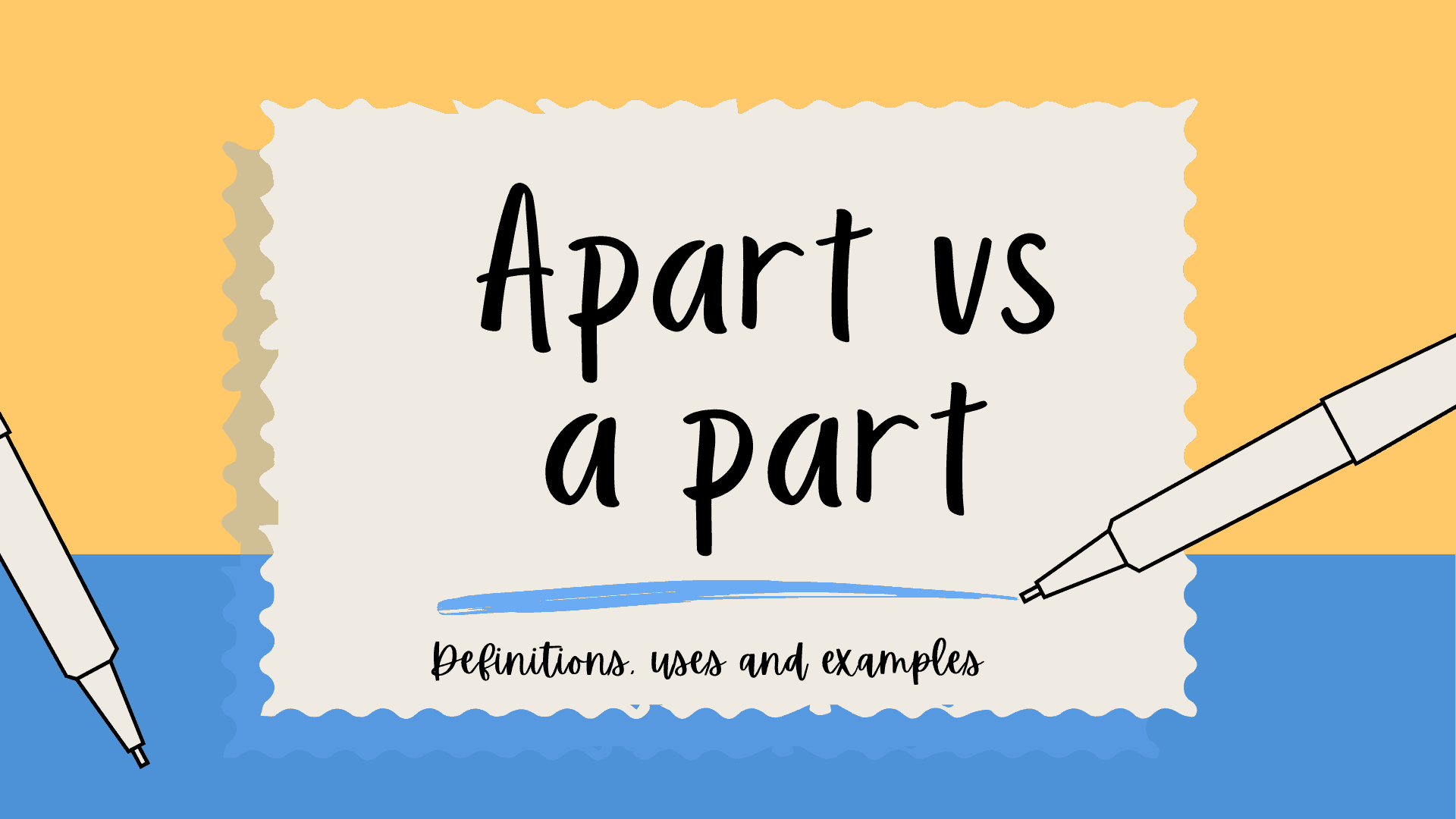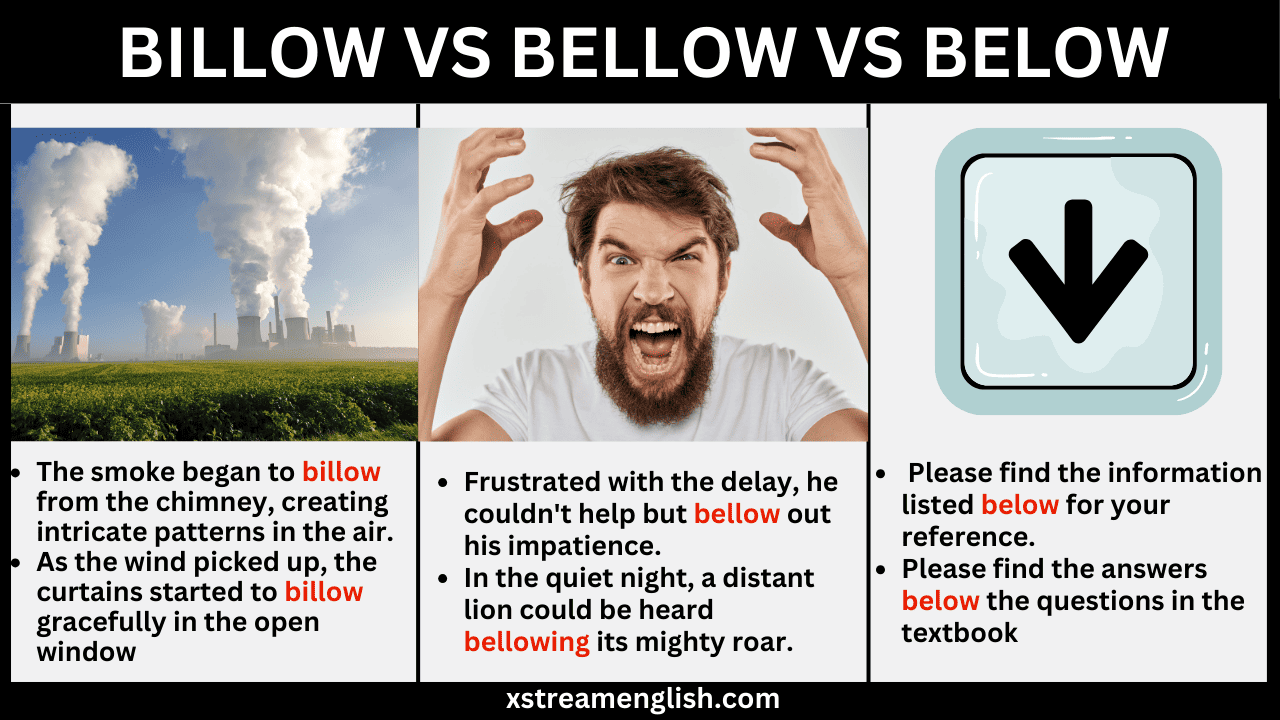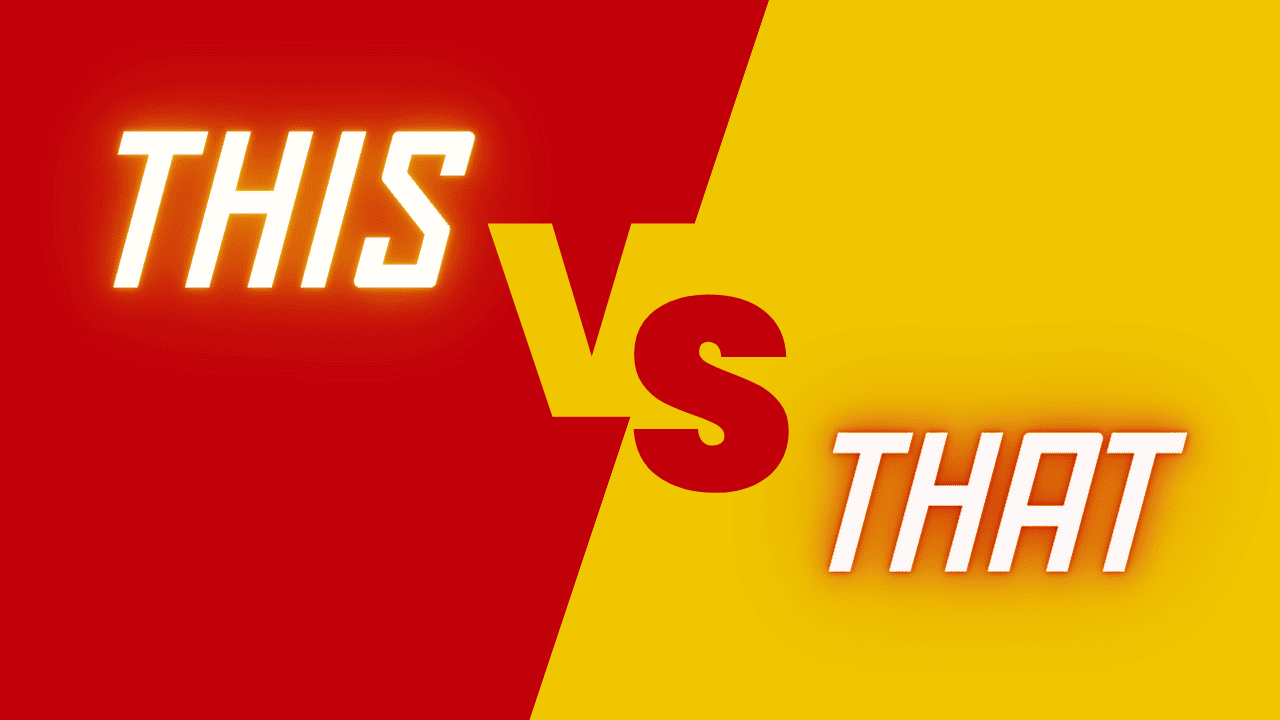In the intricate tapestry of the English language, certain pairs of words often elicit confusion, and one such pair is lay vs lie. To unravel this linguistic conundrum, let’s delve into their definitions, examine common pitfalls, explore past tenses and present participles, and conclude with practical tips to solidify your understanding.

Definition of “Lay”
“lay” stands as a transitive verb, demanding a direct object to complete its action. A direct object is a noun or pronoun that receives the action of the verb in the sentence. It means to put something down(often in a horizontal position)
Examples of “Lay”
- Lay your head on the pillow.
- She carefully laid the foundation for the new project.
- Please lay the book on the shelf.
- You lay the phone on the desk.
Definition of “Lie”
Lie ( as a Verb) has two main definitions:
- To recline or be in a horizontal position.
“lie” takes the stage as an intransitive verb, requiring no direct object. It signifies reclining or resting without an immediate action on an object.
- If you are tired lie here and take rest.
- This lake lies at the foothill.
- Now that the test is over, I can finally lie down and rest.
- The cat loves to lie in the sun.
- I often lie awake thinking at night.
- I need to lie down and rest.
2. To make an intentionally false statement.
Lie can also mean to say things that are NOT true. To NOT tell the truth.
- Why did you lie to me?
- She lied about eating the cake.
- I don’t believe him because he has lied so many times.
- If you lie, your nose will grow.

Comparison Chart: Lay vs Lie
| PARAMETER OF COMPARISON | LAY | LIE |
|---|---|---|
| Meaning | means to put something or someone down( often in a horizontal position) | It signifies reclining or resting without an immediate action on an object. |
| Verb | Transitive Verb | Intransitive Verb |
| Action | You do it on the object. | You do it yourself. |
| Examples | Please lay the book on the table. | I need to lie down and rest for a while. |
| He laid the bricks carefully to build the wall. | Rosa lies on her mother’s lap. |
The Past Tense and Past Participle of lay and lie
A. The past tense of to lay is laid, and the past participle of to lay is laid. The past participle of to lay takes the helping verb “has,” “have,” or “had.”
Examples of Lay in the Past and Past Participle Tenses
- Tom laid the book on the table. (past tense)
- The workers have already laid the new carpet in the office. (past participle )
In the above examples, the transitive verb lay takes the direct objects book and carpet, respectively. Remember that any tense of the transitive verb lay must take a direct object.
B. The past tense of to lie is lay, and the past participle is lain. To lie is an intransitive verb and does not have a direct object.
Examples of Lie in the Past and Past Participle Tenses
- Last night, I couldn’t sleep, so I lay awake for hours. (past tense)
- The cat has frequently lain in that sunny spot on the windowsill. (past participle)
In the above examples, the intransitive verb lie does not take any direct objects because the action is not being transferred to anything. Prepositional phrases are not direct objects.
Verb Forms of lay and lie
| BASE FORM | SIMPLE PAST | PAST PARTICIPLE | 3RD PERSON SINGULAR | PRESENT PARTICIPLE |
|---|---|---|---|---|
| Lay | Laid | Laid | Lays | Laying |
| Lie (to recline) | Lay | Lain | Lies | Lying |
| Lie (to deceive) | Lied | Lied | Lies | Lying |
5. Tips to Remember the Difference Between Lay and Lie:
Distinguishing between lay and lie might seem daunting, but a few practical tips can help clarify the matter.
- Remember the Object: “Lay“ requires an object, while “Lie” does not. Think about what or whom is being acted upon.
- Past Tense Awareness: Pay attention to the past tense forms. “Lay” becomes “laid,” and “lie” becomes “lay.”
Exercise: Lay vs Lie
Here’s an exercise that includes both present and past-tense forms of lay and lie. Choose the correct verb form for each sentence.
- The cat always __________ on the windowsill to sunbathe.
- Yesterday, she __________ the plans on the table.
- We usually __________ the picnic blanket under the shady tree.
- The dog __________ quietly near the fireplace.
- The workers __________ the bricks for the construction project.
- The children want to __________ in the grass.
- The hikers have __________ on the grass to enjoy the view.
- Last night, I __________ in bed and couldn’t fall asleep.
- The children often __________ their toys on the living room floor.
- She __________ the baby gently in the crib for a nap. (past)
Answers:
- lies
- laid
- lay
- lies
- laid
- lie
- lain
- lay
- lay
- laid
Frequently Asked Questions on Lay vs Lie
Q1: What is the difference between lay and lie?
The fundamental difference lies in whether there is a direct object involved. “Lay” requires a direct object, while “lie” does not.
Q2: Can you provide examples of “lay” in different tenses?
Present: She lays the book on the table.
Past: Yesterday, she laid the book on the table.
Past Participle: She has already laid the book on the table.
Q3: How about examples of “lie” in different tenses?
Present: The cat always lies in the sunbeam.
Past: Yesterday, I lay on the couch and read a book.
Past Participle: The lion has lain down with the lamb



